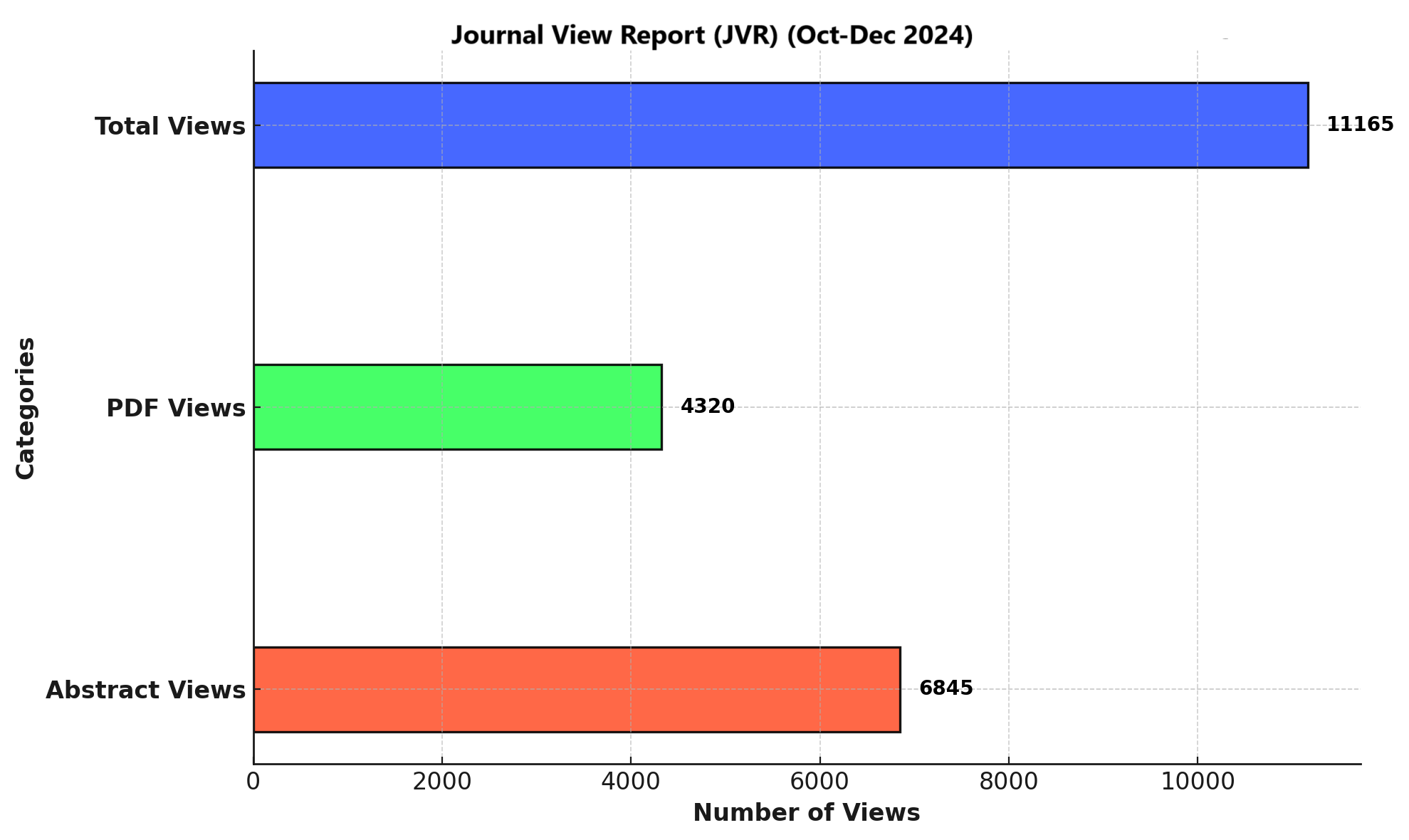EVALUATION OF VISUAL ACUITY IN WORKERS OF TEXTILE INDUSTRY
DOI:
https://doi.org/10.71000/nkdccr35Keywords:
Cataract, contrast sensitivity, diabetic retinopathy, glare sensitivity, ocular injuries, refractive errors, visual acuityAbstract
Background: Workers in the textile industry are exposed to occupational hazards that can adversely affect visual functions. Prolonged exposure to bright light, mechanical strain, and hazardous chemicals may contribute to visual impairments, including refractive errors, glare sensitivity, and ocular injuries. Limited research has comprehensively assessed multiple visual functions among textile workers, particularly in Pakistan. This study aims to evaluate visual acuity, contrast sensitivity, glare sensitivity, color vision, and visual field integrity in textile industry workers, identifying potential occupational risks affecting their ocular health.
Objective: To assess visual functions and determine the magnitude of work-related visual problems among textile industry workers in Lahore.
Methods: A cross-sectional survey was conducted among 93 textile workers aged 15–45 years. Visual acuity was measured using the LogMAR chart, color vision using Ishihara plates, visual field by confrontation testing, contrast sensitivity using Lea number plates, and glare sensitivity by targeted light exposure. Participants provided informed consent before data collection, and a structured questionnaire recorded demographic details, ocular complaints, and work-related risk factors. Data were analyzed using SPSS 20.0, applying descriptive statistics and comparative analyses where appropriate.
Results: Among 93 participants, 10% were male and 90% female. Normal visual acuity was recorded in 56 (61%) workers, while myopia was found in 43 (46.2%). Glare sensitivity was detected in 22 (24%), contrast sensitivity was deficient in 14 (15.2%), and color vision deficiency was observed in 4 (4.3%). Bright light exposure was reported by 88 (94.6%) workers. Five (5.4%) workers had vision-threatening ocular diseases, including cataract (3.2%) and diabetic retinopathy (2.2%). Protective devices were provided to all workers, contributing to a lower rate of ocular injuries.
Conclusion: This study highlights that textile workers are at significant risk of refractive errors, with myopia being the most prevalent. While color vision and contrast sensitivity impairments were less frequent, glare sensitivity was notable. Cataract and diabetic retinopathy were detected in older workers. Protective eyewear contributed to a reduced incidence of ocular injuries, underscoring the importance of workplace safety measures and routine ophthalmic screening.
Downloads
Published
Issue
Section
License
Copyright (c) 2025 Saima Ghufran, Hamna Sarmad, Huma Murtaza (Author)

This work is licensed under a Creative Commons Attribution-NonCommercial-NoDerivatives 4.0 International License.







